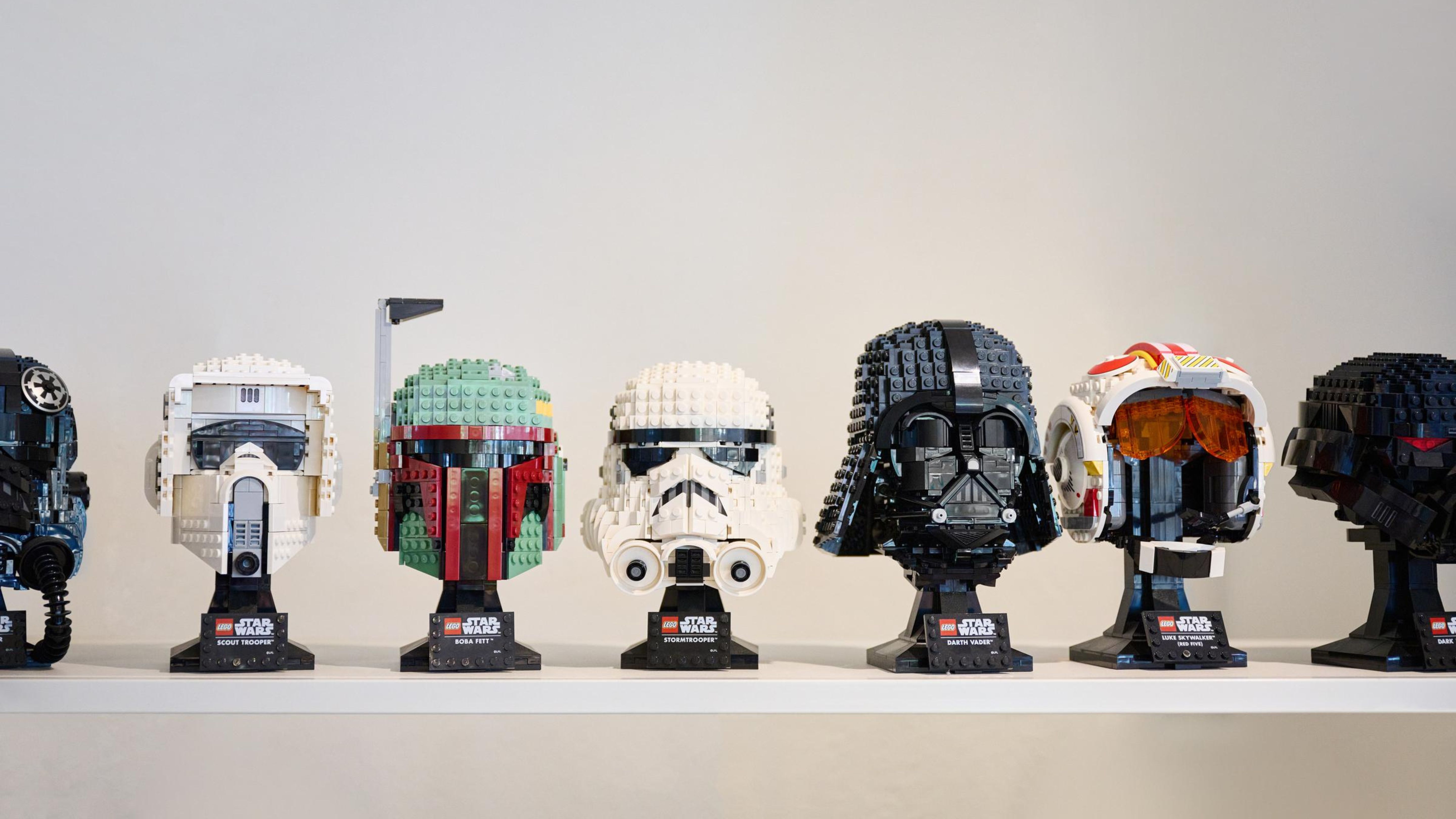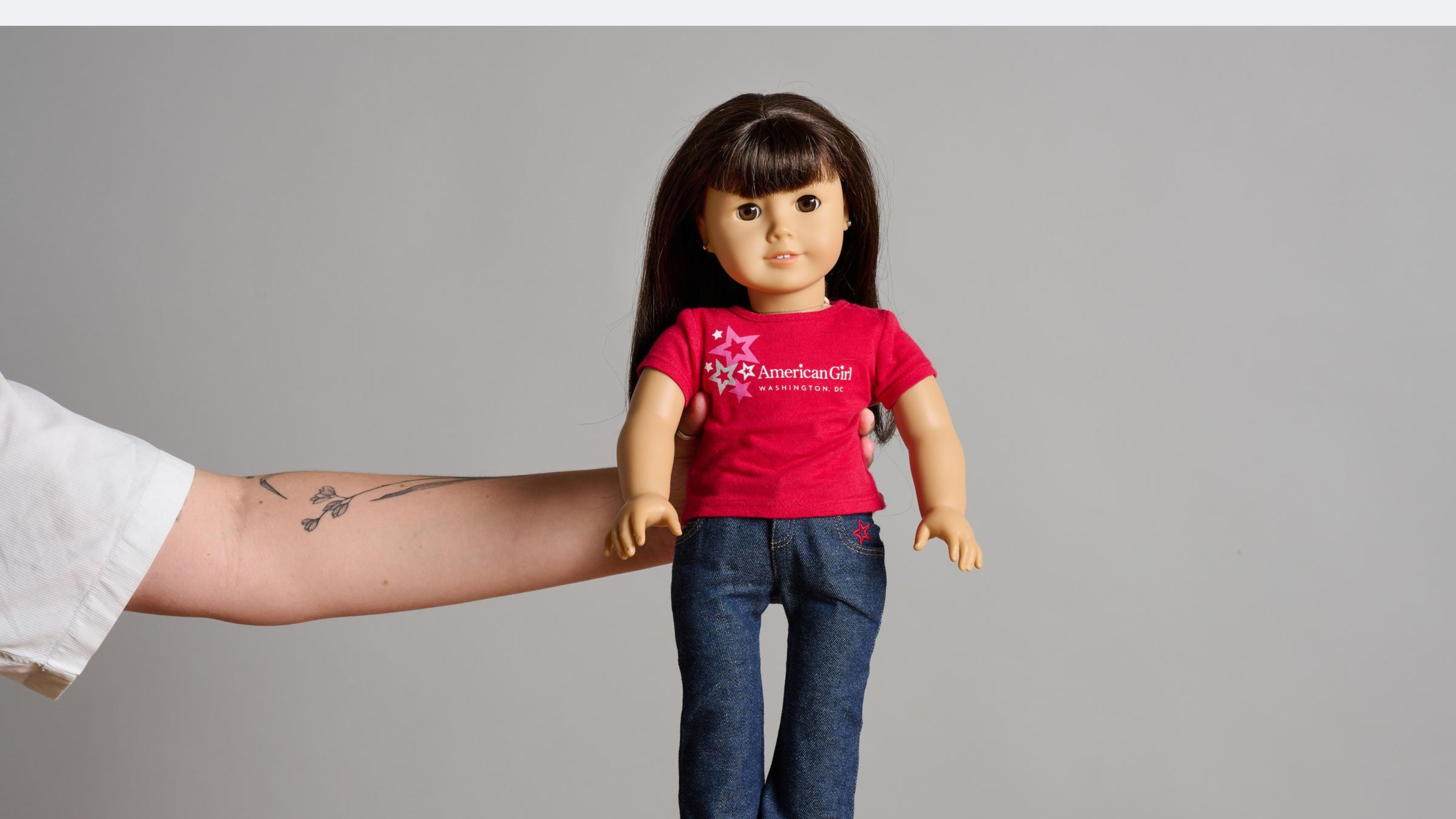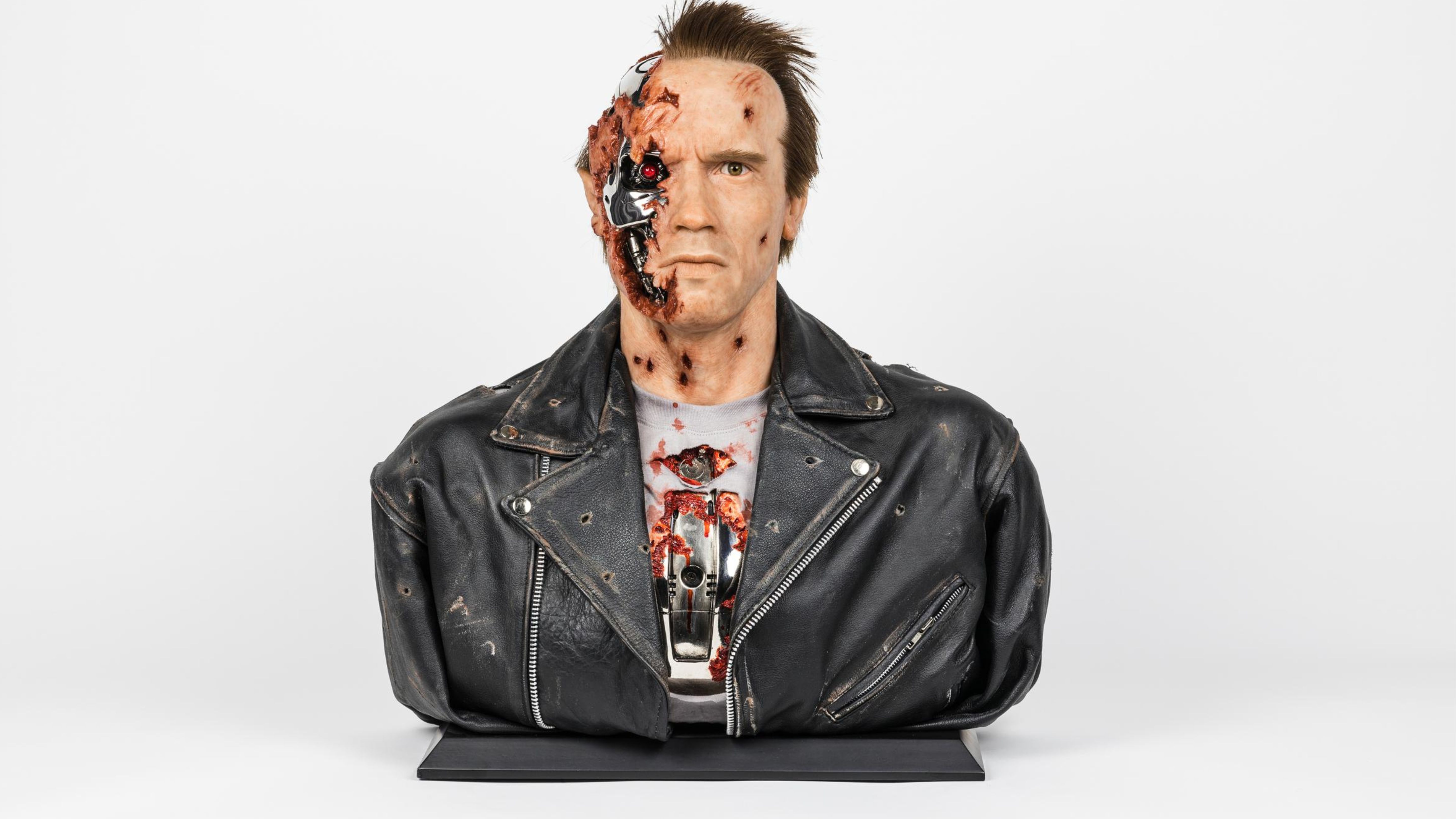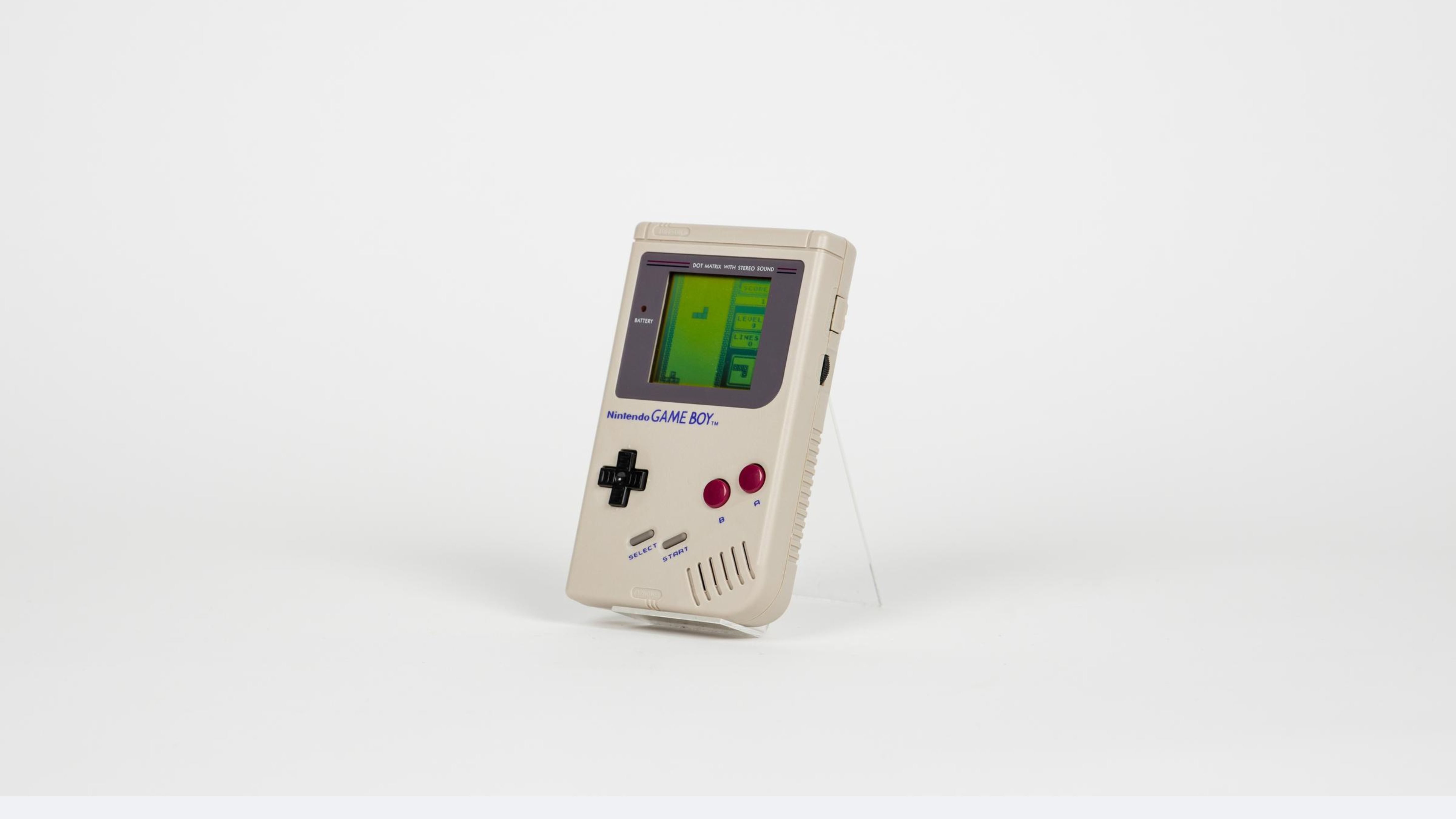Written by Tom Flanagan | 5 November 2024
Back in the early 90s, if you collected rare watches, chances are you’d have to head down to your local pawn shop or watch dealer. The same was true for anything from jewellery to glassware, where you’d have to scour dealers to find that one must-have piece. Then the internet came along and changed everything.
Awash with places to pursue even the most obscure interests and purchase the very goods that make up a collecting habit, the internet has made collecting more accessible than ever. Rare trading cards, Barbie dolls, vintage computers, and consoles are no longer relegated to the corners of a specialist store or trade fair. Instead, they’re found in online marketplaces, auction houses and community forums. Even more striking is that collectables like these are sought out more than ever.
According to a new report by Catawiki and Hypebeast (a leading online publication about contemporary culture), collecting has been fundamentally reshaped by the internet, with more people engaging in it than ever before. Surveying a total of 4,500 people interested in collecting, across all ages, from five major Western European countries – France, Germany, Italy, Belgium and the Netherlands – the report found that nearly half of adults are active collectors and that many (30%) are planning to spend more on collecting in the coming years than they do already, which averages at around €1500 annual spend.
Now-stalgia
The perception of collecting has always been that of a fringe interest, but the numbers don’t lie. One of the main drivers of this collecting wave is nostalgia – specifically for periods like the 1970s and 1980s – says Toby Wickwire, an Expert in Computers and Video Games at Catawiki.“Collecting has always been nostalgic, but what people think of as collectable and nostalgic is changing,” says Wickwire, whose collecting life started with model trains.
“The time period for nostalgia is shrinking and things are becoming retro much faster. It used to be 20 years ago for something to be considered nostalgic, but now it’s 10. Objects like the first iPhone and iPod are already seen as retro and collector items. There’s even a word for it: now-stalgia.”
Rapid technological advancements are partly responsible for this shift. While the internet democratises access to collectables and rare objects, it has also simultaneously made collectors more nostalgic for analogue things, according to Cecilia Vicini Ronchettii, Catawiki’s Expert in Dolls and Bears.
“Nostalgia is the overall largest motivator for collecting but the idea of nostalgia is caught up in the physical and analogue,” says Vicini-Ronchetti. “Anything analogue is considered nostalgic and is tied to something romantic. And people seek this out more.” This is especially true for certain collecting fields like retro toys – including model trains, trading cards, and dolls – which represent a physical manifestation of a romantic bygone era. According to the report's findings, heritage, beauty, and preserving the past are some of the major motivating factors for collectors in Italy, France, and Belgium.
Finding your community
But beyond nostalgia, collecting’s community aspect has come to the fore too. It’s something Vicini-Ronchetti cites as becoming more apparent in collecting’s appeal as technology embeds itself in our lives further. “When you’re a collector, there’s always something to talk about and share,” she says. “I met a man who restored vintage Barbies at a fair and he had a shared stand with his grandparents. There was a real shared passion and connection there across generations.”
The social side of collecting is why more Gen Z are becoming collectors – they see it as a way to be part of something bigger. With the rise of online communities and fandoms, there’s more of a sense of belonging here than in ordinary conversations with family and friends. Collectors have also now become social influencers, with about 20% of collectors following an influencer in their respective fields. This has helped reframe collecting as a social rather than a solitary enterprise.
Compare this to before, says Vicini-Ronchetti, where attitudes towards collecting – depending on the field – had the connotation of being a bit weird. But that’s changing too. Even in the most niche interests where collectors know their hobby is seen as unusual, they tend to care less because they’ve found a community that shares that passion. “There’s a giant market for Reborn Dolls, for example, which are lifelike baby dolls. People even bring these strollers to events. The internet has made collectors like this feel less alone.”
Reselling is a key trend
With that access and visibility, a new strand of investing has emerged too: reselling. In fact, Wickwire says collecting habits are just as much tied to investing and reselling as they are nostalgia.“If you were collecting 20 years ago, you’d have to go to a fair or event to find what you were looking for,” says Wickwire. “Now you can do it from home. And that means buying and selling things is easier and so is making money.”
The report’s figures suggest this is true too. Reselling is expected to be one of the key trends in the collecting world; 40% of collectors say they’re expecting to resell items more than they currently do. Germany in particular, is big on reselling, with 41% likely to resell versus 26% of collectors on average.
This is partly due to Germany’s rapid digital advancement and embrace of technology alongside its reputation as a country with a strong production history, particularly in the toys and games field, explains Vicini-Ronchetti.“Germany has a long production history in toys, especially for older, legacy products like Steiff Bears. As a result, there’s a big market for high-quality toys in the country, with many collectors seeing an opportunity to earn with reselling.”
Many reasons to collect
Whether the reselling market is a good thing for the collecting landscape is divisive among collectors. Some believe the rise of investing is ruining the nostalgia of it, while others are more practical and accept this as a part of the habit and putting it on the map. Wickwire says he falls in the latter camp more.
“Take video games as an example,” he says. “Some people believe this commodification of them – like companies grading games as “collectable” – is making things iconic that really shouldn’t be. Like making objects purely about their condition. Maybe that’s true but it’s also a reflection of the market and younger people who are more interested in “flipping” products and making money.”
As reselling is set to grow, certain markets and brands will, too. Vintage technology, like early Nintendo consoles and iPhones, will likely become even more popular, while brands like Barbie are already showing their staying power. Technology that can check the condition of items is also likely to play a major role as the scale of collecting grows. And while there’s no way to predict what will be popular as the market moves much faster, for many people, there will always be reasons to collect, says Wickwire. “My passions have moved on from video games where I started. But I think the mentality of “getting them all” will always be there for me and other collectors.”



